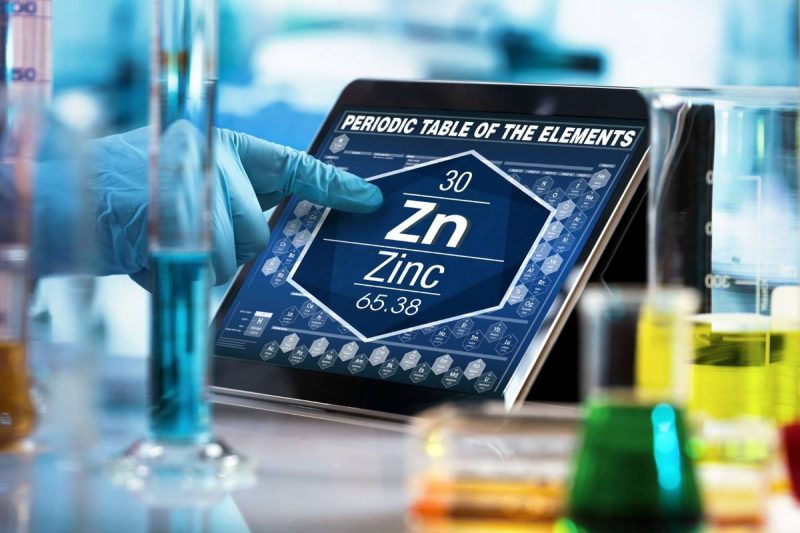Binance Smart Chain: What Is It?


Binance Smart Chain: What Is It?
The Ethereum Virtual Machine (EVM) is the foundation of the Binance Smart Chain (BSC). This blockchain network is completely compatible with Ethereum’s environment. The Binance Smart Chain is appropriate for decentralized apps (dApps) that demand quick transactions because it is built to handle high throughput and low latency.
The “Proof of Staked Authority” (PoSA) consensus process, a variant of the Delegated Proof of Stake (DPoS) mechanism, is used by the Binance Smart Chain. In PoSA, validators are chosen according to how many tokens they currently own and are willing to stake as security. Then, by approving transactions and including them in blocks, the validators sustain the network.
The Binance Smart Chain contains a cross-chain transfer feature that enables the movement of assets between several chains in addition to the PoSA consensus process. As a result, Binance Smart Chain may communicate with other blockchain networks and facilitate the transfer of assets between chains.
Additionally, the Binance Smart Chain contains a built-in token issuance and trading mechanism that enables the generation of new tokens and their trading on the Binance decentralized market (DEX). As a result, various decentralized financial services, including lending, borrowing, and trading, can be developed on the Binance Chain.
The built-in governance system of Binance Chain also enables token holders to vote on network modifications like adding additional validators or adjustments to the consensus algorithm.
Smart Chain Validation for Binance
There are 21 validators in total on the Binance Smart Chain. These validators validate transactions and add them to blocks to sustain the network. They are compensated for their efforts. To continue serving as a validator. Each must invest a set amount of Binance Coin (BNB) as collateral and demonstrate strong performance.
Many more users of Binance Smart Chain have delegated their Binance Coin to these validators to share in the profits; therefore, these 21 validators are only some of the participants in the network.
A transaction passes through the following steps when it is submitted to the Binance Smart Chain:
- All validators on the network receive a broadcast of the transaction.
- Each validator checks the transaction to ensure it is genuine and complies with the Binance Chain’s policies.
- A transaction is added to a block by the validator after it has been confirmed.
- The block is then broadcast to the rest of the network. Where it is verified by the other validators to be genuine.
- The blockchain of the Binance Chain receives the block if it is legitimate.
- The validator receives payment for their efforts once the block has been uploaded to the blockchain.
The post Binance Smart Chain: What Is It? appeared first on FinanceBrokerage.



